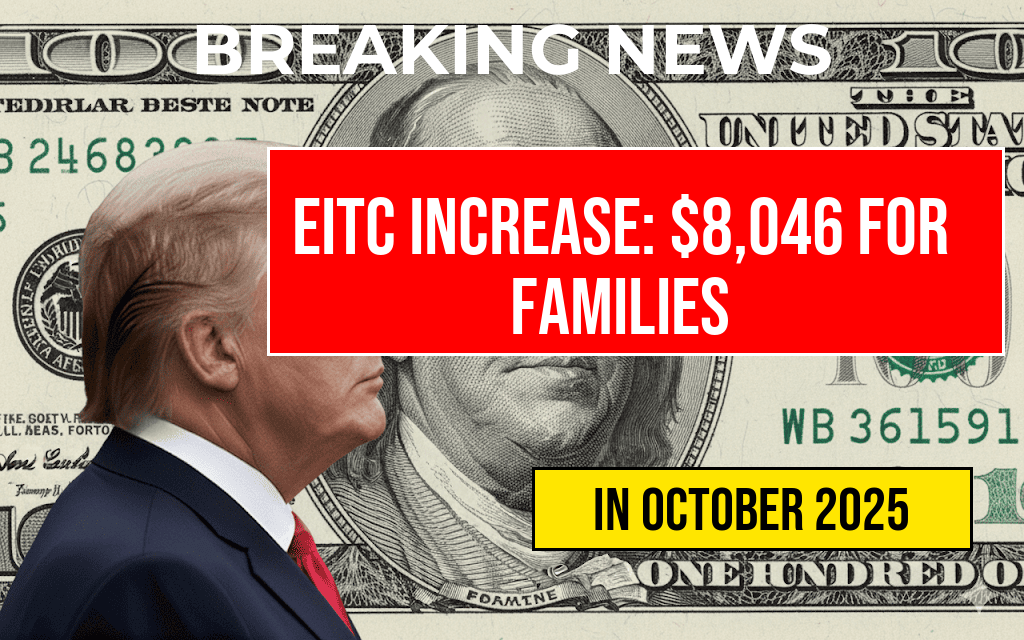The recent increase in the SALT (State and Local Tax) deduction cap from $10,000 to $40,000 has delivered substantial relief for many American homeowners, particularly those in high-tax states such as New York, New Jersey, and California. This legislative adjustment, part of the broader tax reforms enacted in 2023, aims to ease the tax burden on middle- and upper-income households by allowing them to deduct significantly more of their state and local taxes on federal returns. The change is expected to affect millions of taxpayers, potentially reducing their overall tax liability and providing increased financial flexibility for homeowners facing rising property values and other costs.
Understanding the SALT Deduction Cap Increase
Background and Legislative Context
The SALT deduction has historically allowed taxpayers to deduct state and local taxes—including income, sales, and property taxes—up to a limit. Originally capped at $10,000 by the 2017 Tax Cuts and Jobs Act, this restriction was motivated by concerns over federal revenue loss and tax fairness. However, critics argued that the cap disproportionately impacted residents of high-tax states, prompting calls for reform.
In 2023, Congress approved a phased increase, raising the maximum deduction to $40,000 for individual filers and married couples filing jointly. This adjustment reflects ongoing efforts to balance federal revenue considerations with the desire to provide relief to taxpayers burdened by high state and local taxes.
Implications for Homeowners
The most immediate beneficiaries of the increased SALT cap are homeowners in states with high property and income taxes. Previously limited to $10,000, many homeowners found that their entire property tax bills were not deductible, especially in regions where property values and taxes are steep. The new $40,000 cap effectively restores much of the deductibility that was curtailed by the earlier limit.
For example, a homeowner in New Jersey paying $15,000 annually in property taxes and $10,000 in state income taxes could now deduct up to $40,000, significantly reducing their taxable income. This change can translate into thousands of dollars in tax savings, depending on individual circumstances.
Financial Impact and Broader Economic Effects
Estimated Savings and Tax Relief
| State | Annual Property Taxes | State Income Taxes | Total Deductible Under New Cap | Approximate Tax Savings (at 24% federal rate) |
|---|---|---|---|---|
| New Jersey | $15,000 | $10,000 | $40,000 | $9,600 |
| California | $12,000 | $8,000 | $40,000 | $7,200 |
| New York | $20,000 | $15,000 | $40,000 | $9,600 |
Analysts suggest that the increased deduction capacity could save taxpayers in these states between $7,000 and $10,000 annually, depending on their specific tax situations. These savings may encourage more discretionary spending or contribute to increased savings for homeowners facing rising property costs.
Potential Economic Ripple Effects
While the primary focus is on individual tax relief, the broader economic implications include increased consumer confidence and spending among high-tax state residents. Some experts predict that this could lead to a modest boost in local economies, particularly in regions where property taxes fund significant public services. Additionally, higher deductibility may influence homeownership decisions, potentially encouraging more people to purchase or upgrade properties in high-tax areas.
Political and Policy Perspectives
The SALT cap increase has sparked debate among policymakers and advocacy groups. Supporters argue that it addresses an inequity for taxpayers who shoulder a substantial tax burden, aligning federal policies more closely with state-level realities. Critics, however, contend that it could lead to increased federal deficits and widen disparities between high- and low-tax states.
Despite differing viewpoints, the change reflects a recognition of the diverse fiscal landscapes across the country and the need for tailored tax policies. For many homeowners, especially those who previously faced limited deductibility, the adjustment offers tangible financial relief.
Resources for Homeowners and Taxpayers
- Wikipedia: State and Local Tax Deduction
- Forbes: What The SALT Cap Increase Means for Homeowners
- IRS Publication 596: Earned Income Credit (EIC)
Frequently Asked Questions
What is the recent change to the SALT deduction cap?
The SALT deduction cap has been increased from $10,000 to $40,000, providing significant relief for homeowners by allowing them to deduct higher state and local taxes on their federal returns.
How will the increase in the SALT cap benefit homeowners?
The increase to a $40,000 cap helps homeowners reduce their taxable income more effectively, potentially lowering their overall tax liability and providing financial relief, especially in high-tax states.
When did the SALT cap increase take effect?
The increase to the $40,000 SALT deduction cap was implemented as part of recent legislative changes, effective starting with the current tax year, offering immediate benefits to eligible taxpayers.
Which taxpayers are most likely to benefit from the SALT cap increase?
Homeowners in high-tax states or those with significant state and local tax payments will see the most benefit, as the higher cap allows for greater deductions and potential tax savings.
Are there any limitations or considerations to keep in mind with the new SALT cap?
While the increase provides relief, taxpayers should consider overall tax planning strategies, as other factors, such as itemized deductions and income levels, also impact their total tax liability. Consulting a tax professional is recommended for personalized advice.








